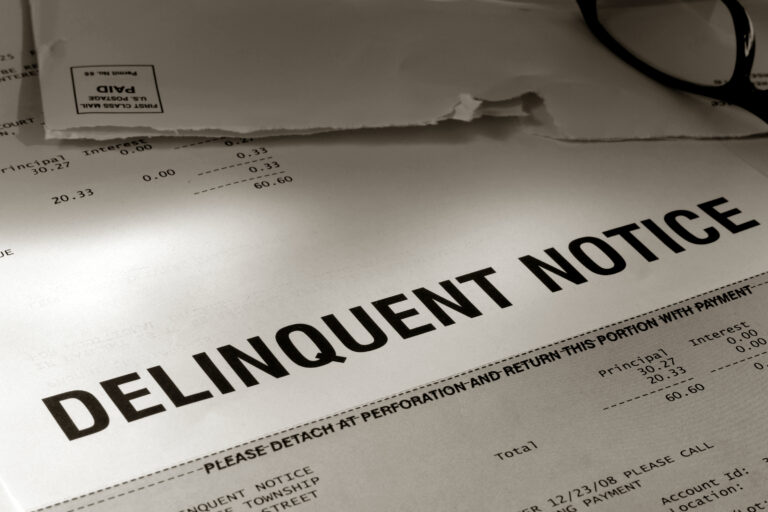Smart cash flow management means knowing where your money is and when and how to use it effectively. Should you leverage your available funds to drive growth into a new region? Or does it make more sense to hold onto your reserves to weather an upcoming market drop?
Unfortunately, there’s no simple answer to these types of questions. However, by proactively managing and controlling your cash levels, you can better manage and maintain your business’s liquidity, flexibility, and general financial health.
Let’s take a closer look at cash flow management and how you can leverage certain strategies to support the health and growth of your business.
What is cash flow?
Put simply, “cash flow” refers to the constant movement of liquid funds into and out of your business. These funds may take the form of actual hard currency or include cash equivalents — items that can be immediately converted into cash — such as bank accounts and marketable securities.
As your organization receives payments from customers, dividends from investments, or other sources of revenue, your cash value will increase. Conversely, every time you make a payment, that value will decrease.
What is cash flow management?
Another up-front term, “cash flow management,” focuses on controlling, modifying, and leveraging a company’s influx and outflux of cash for the benefit of the business. Routinely, these efforts focus on effectively forecasting future financial needs and adjusting various business aspects — sales volumes, pricing, expenses, payment timelines, etc. — to ensure sufficient funds are available to meet those projected needs.
Of course, since businesses are constantly making and spending money, mapping these cash flows can prove quite challenging. Which, in turn, complicates any downstream decisions that you’ll need to make. However, you can make these efforts much more straightforward with the appropriate accounting and reporting strategies.
For example, a regularly updated cash flow statement can prove invaluable in understanding the overall financial health of your business. These records help rationalize the fluctuations between your income and balance sheets, making knowing where your money is going simpler. Routinely, these statements organize cash flow into one of three categories.
Do you need help addressing your cash flow challenges? Or would you simply like to make the best use of your available finances? Check out our webinar: Mastering Cash Flow
Three types of cash flow
1. Cash flows from financing (CFF)
This category focuses on how and when your business gathers operating funds and capital. Have you issued stocks or dividends? Are you paying back a loan? Have you extended a line of credit to your customers? Potential investors pay close attention to your CFF to determine your overall cash position and how effectively you manage your capital structure.
Common activities: issuing debt or equity, paying dividends
2. Cash flows from investing (CFI)
As you purchase and sell fixed or long-term assets — like real estate, vehicles, or equipment — you’ll record these shifts in financial position on the CFI portion of your cash flow statement.
Common activities: purchasing assets, investing in securities, selling securities or assets
3. Cash flows from operations (CFO)
This type of cash flow tracks the movement of funds due to your everyday business activities. Are you spending money on energy and materials to manufacture a product? Did one of your customers make a payment? Actively tracking this cash flow will provide insight into how effectively you can pay your bills or operating expenses. And your ability to consistently maintain a positive CFO will often determine how long your business survives.
Common activities: receiving customer payments, accruing tax liabilities, gaining or losing inventory, paying bills and taxes
Understanding cash flow: Useful metrics and analytics
Free cash flow
The free cash flow of a company reflects the amount of cash generated by the business after any payments for support operations — payroll, rent, taxes — or capital asset maintenance have been expended. So, this metric specifically reflects how much cash a company can pay out to its creditors or distribute among investors.
Free cash flow formula:
- Free Cash Flow = Cash from Operations – Capital Expenditures
- Free Cash Flow = Net income + Non-Cash Expenses – Increases in Working Capital – Capital Expenditures
Unlevered free cash flow
Almost identical to free cash flow, unlevered free cash flow excludes interest payments from its calculations. As a result, this metric will specifically identify how much cash is available to your business before you’ve met any of your financial obligations.
Unlevered free cash flow formula:
- Unlevered Free Cash Flow = Earnings Before Interest, Taxes, Depreciation, and Amortization (EBITDA) – Capital Expenditures – Working Capital
Operating cash flow
Conversely, operating cash flow focuses on the incoming and outgoing funds tied to primary business activities, such as sales, materials purchases, or salaries. Typically, you’ll leverage your operating cash flow when securing an outside loan from a financial institution.
Operating cash flow formula:
- Operating Cash Flow = Cash Revenue – Operating Expenses (paid in cash)
Operating Cash Flow = Net Income + Depreciation and Amortization – Increases in Working Capital
Days payable outstanding (DPO)
DPO is incredibly useful in determining the effectiveness of your accounts payable (A/P) efforts — one of the primary mechanisms you can use to control your cash balance. In more detail, DPO tracks the average time your business takes to pay its creditors. So, a low score will indicate that you pay your debts quickly, while a higher DPO is likely if you are holding large cash reserves to cover growth investments — or if you have insufficient funds to cover your current expenses.
DPO formula:
- Days Payable Outstanding = Accounts Payable x Number of Days ÷ Cost of Goods Sold (COGS)
Early discount capture rate
Many suppliers and vendors will offer your business discounts and incentives to pay your outstanding bills more quickly. And keeping track of how many of these discounts you’re taking advantage of will help you make smart choices when determining your target DPO.
Early discount capture rate formula:
- Early Discount Capture Rate = Number of Discounts Captured ÷ Number of Discounts Offered
Late payment rate
A useful metric for identifying significant challenges with your cash flow — your late payment rate will identify how often your organization fails to pay its bills on time. Admittedly, a higher value might be due to inefficiencies within your A/P efforts. However, it likely indicates major cash flow challenges that need to be addressed immediately.
Late payment rate formula:
- Late Payment Rate = Number of Late Payments ÷ Number of Total Payments
Cash flow management strategies: Tips & tricks
Analyze everything
If you don’t know where you’re starting from, it’s hard to map out directions to your destination. So, if you want your cash flow goals to become a reality, you must have a consistent, clear understanding of where your money is and where it’s going.
By tracking and regularly reporting on the values outlined above — in as close to real-time as possible — your key decision-makers will be better prepared to make informed financial choices regarding the planning and operation of your business. These various cash flow metrics and a cash flow statement will give you a snapshot of your financial health. At the same time, values like your DPO or early discount capture rate will inform you of the flexibility you can bring to your cash reserves.
Control expenses
Ideally, you’ll want more money coming into your business than going out. So whether addressing unexpected cash flow problems or running your day-to-day operations, saving money should always be a priority.
Routinely contact your suppliers and vendors to negotiate for better credit terms or discounts — either bulk or early payment. Look into repairing or upgrading current equipment instead of simply replacing it. Audit your operations to diagnose inefficient workflows or duplicated efforts. Incentivize your staff to identify and eliminate waste wherever possible.
Leverage technology
For every step of your cash flow cycle, software or other technology can make that process faster and likely cheaper. Consider shifting to an electronic payment platform that allows you to instantly — or near instantly — transfer your payments, dramatically shortening DPO.
Or put in place a broadly-integrated enterprise resource planning (ERP) solution that can automatically transfer data and records to every stage of your back-office process — ideally reducing the potential for errors while accelerating workflows. Of course, not all tools are made the same, but with some research and diligence, you can easily find the right offering for your unique business and cash flow needs.
Plan your payments
Timing when you send out checks — either literally or figuratively — is arguably the most direct area of control you’ll have over your company cash flow. Making payments quickly might cut your overall costs, but you might also limit your available reserves to take on larger projects or clients. Conversely, while providing improved cash, delayed payments might indicate to potential lenders or suppliers that you’re struggling to pay your current expenses.
Of course, your cash flow requirements will rarely remain constant, fluctuating according to business cycles, industry trends, seasons, or other factors. But by exerting more precise control over when funds leave your business, you’ll be better able to achieve the cash flow that’s right for you.
Stabilize your revenue
The more consistency you can bring to your income, the easier it is to budget for future expenses and cash flow adjustments. Of course, your customers sometimes prioritize or schedule their payments at your convenience. But you can often encourage them to promptly address outstanding invoices by offering early payment discounts.
Similarly, eliminating unnecessary delays or common errors from your ongoing A/P efforts will help you avoid waste and shorten your cash conversion cycle (CCC)—the time needed to convert your inventory into hard currency.
Automated accounting software can improve cash flow management
Efficient accounting processes are critical to your cash flow management efforts, and one of the easiest ways to simplify these core tasks is to shift your routine payment efforts to an automated platform. Such a move will help:
- Avoid fraud
- Boost accuracy
- Cut timelines
- Gain visibility
- Simplify auditing
If you’d like to explore in more detail the value that automation can deliver, check out our white paper: How to Master Cash Flow Management with Accounts Receivable Automation




